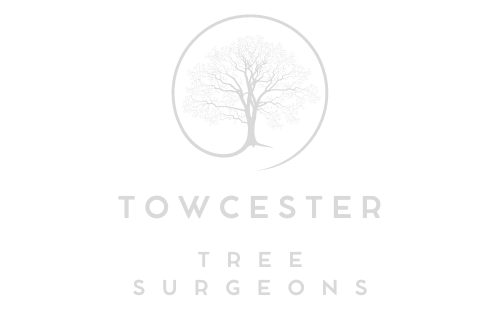Rejuvenating Canopies: Tree Crown Reduction as a Remedy for Tree Decline Symptoms
In the intricate tapestry of nature, trees serve as silent sentinels, bearing witness to the passage of time and the ever-changing rhythms of the environment. Yet, even the hardiest trees are not immune to the subtle whispers of decline, manifesting in symptoms that signal distress and vulnerability. Amidst these challenges, tree crown reduction emerges as a proactive measure to address symptoms of decline, rejuvenating canopies and fostering the vitality of our arboreal companions. Join us as we explore the symbiotic relationship between tree crown reduction and the remediation of tree decline symptoms, unravelling how this practice breathes new life into our urban forests.
Understanding Tree Decline Symptoms:
Tree decline manifests in myriad symptoms, each serving as a poignant indicator of underlying stressors and imbalances within the ecosystem. Common symptoms include:
- Sparse Foliage: Thinning or sparse foliage can indicate a decline in overall tree health, often attributed to nutrient deficiencies, pest infestations, or environmental stress.
- Dieback: Dieback, characterised by the progressive death of branches or foliage, is a telltale sign of stress or disease impacting the tree’s vascular system.
- Leaf Discoloration: Discoloured or yellowing leaves may signal nutrient deficiencies, soil compaction, or root stress, hindering the tree’s ability to photosynthesise and thrive.
- Structural Weaknesses: Cracks, splits, or decay in the tree’s trunk or branches are symptomatic of structural weaknesses, which can lead to limb failure or tree collapse.
The Role of Tree Crown Reduction:
Amidst the complexities of tree decline, tree crown reduction emerges as a strategic intervention to address symptoms and promote tree health and resilience. By selectively reducing the size and density of a tree’s canopy, arborists can alleviate stress on compromised branches, redirect resources towards vital areas, and enhance overall structural integrity. This targeted approach mitigates immediate symptoms, and fosters balanced growth and rejuvenation in declining trees.
Addressing Tree Decline Symptoms through Crown Reduction:
- Selective Branch Removal: Arborists identify and remove diseased, damaged, or structurally compromised branches contributing to decline symptoms. By alleviating stress in affected areas, crown reduction promotes the allocation of resources towards healthy growth and recovery.
- Enhanced Light Penetration: Thinning the canopy through crown reduction improves light penetration and air circulation within the tree’s crown, fostering robust foliage development and photosynthetic activity. This increased access to light rejuvenates the tree’s vitality and enhances its ability to produce energy and nutrients.
- Structural Support: Crown reduction strengthens the tree’s structural integrity by removing excess weight and reducing the risk of limb failure or collapse. Strategic pruning techniques reinforce key junctions and promote the development of sturdy, well-spaced branches, enhancing the tree’s ability to withstand environmental stressors.
Conclusion: In the face of tree decline symptoms, tree crown reduction is a beacon of hope, offering renewal and rejuvenation to our urban forests. By addressing underlying stressors and imbalances, arborists can breathe new life into declining trees, preserving their legacy for generations. As stewards of our green landscapes, let us embrace the transformative power of tree crown reduction, nurturing trees towards health, resilience, and enduring beauty.
Call us on: 01327 221 399
Click here to find out more about Towcester Tree Surgeons
Click here to complete our contact form and see how we can help with your tree’s needs.

